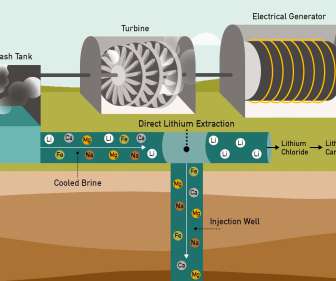Ceramatec licensing molten sodium technology for heavy oil upgrading; removing the need for diluent for bitumen
Green Car Congress
APRIL 10, 2013
Flowchart of Molten Sodium Upgrading process. A new company, Field Upgrading (Calgary, Alberta), has been formed dedicated to developing and commercializing the Molten Sodium Upgrading (MSU) technology. When electricity is applied to the ceramic membrane, elemental sodium is extracted through the membrane and recycled to the process.























Let's personalize your content